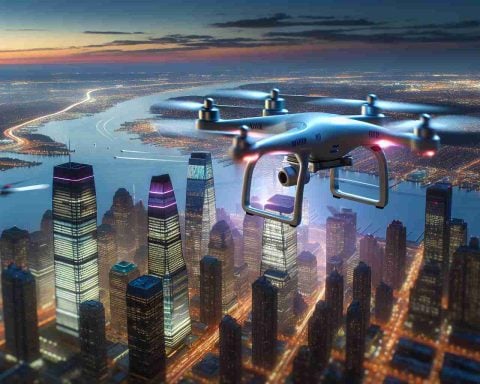Groundbreaking Footage Captured from Space
SpaDeX’s Chaser satellite has made a remarkable debut by successfully capturing its first video of Earth, revealing breathtaking visuals of the planet’s dynamic blue oceans and distinctive cloud patterns. Released by ISRO on January 4, this stunning footage signifies a significant achievement in India’s autonomous docking mission.
The satellite was deployed during the PSLV-C60 mission on December 30, which launched two SpaDeX satellites into orbit. Since December 31, the satellite has been orbiting the Earth at an altitude of 350 km, conducting 24 onboard experiments.
This captivating video, taken from approximately 400 km above the Earth, highlights the satellite’s sophisticated imaging technology and denotes its preparedness for the next crucial step in its mission. Scheduled for January 7, the docking of the Chaser with its target satellite will propel India into an elite group of nations—only the fourth to achieve such a technological feat.
The SpaDeX mission consists of two satellites, SDX01 (Chaser) and SDX02 (Target), aimed at demonstrating precise navigation and secure docking in low Earth orbit. This operation not only showcases India’s capabilities in orbital docking technology but also lays the groundwork for future endeavors, such as deep-space exploration and the construction of the Bharatiya Antariksh Station. ISRO underscores that this mission is a vital move toward advancing India’s long-term aspirations in space exploration.
India’s Space Odyssey: A New Era of Autonomous Docking
Introduction to SpaDeX and Its Implications
The successful launch and operation of SpaDeX’s Chaser satellite mark a significant milestone in India’s expanding space capabilities. As the world watches, this pioneering venture opens avenues for advanced technologies and future missions in space exploration.
The SpaDeX Mission Overview
The SpaDeX program consists of two pivotal satellites: SDX01, known as the Chaser, and SDX02, termed the Target satellite. Together, they aim to demonstrate autonomous docking and precise navigation in low Earth orbit, a feat previously mastered by only a select group of countries, including the United States, Russia, and China. This advancement not only showcases India’s growing prowess in space engineering but also prepares the nation for more ambitious projects, such as the construction of the Bharatiya Antariksh Station.
Technical Specifications and Innovations
The Chaser satellite operates at an altitude of approximately 350 km and is equipped with advanced imaging technology that recently captured spectacular footage of Earth’s dynamic environmental features. The onboard systems enable the satellite to perform up to 24 experiments, showcasing its sophisticated design and operational capabilities.
The next major milestone in the mission—scheduled for January 7—will see the Chaser attempting to dock with its Target satellite, demonstrating intricate maneuverability and automated systems essential for future missions.
Pros and Cons of the SpaDeX Technology
Pros:
– Enhanced Technological Capabilities: The mission positions India among the leading nations in advanced space technology.
– Foundation for Future Missions: Successful docking could pave the way for deep-space missions and developing habitats in space.
– International Collaboration Potential: As India demonstrates its capabilities, it may attract global partnerships for future projects.
Cons:
– High Financial Investment: The cost of developing this technology can be substantial, with risks associated with satellite failures.
– Reliance on Advanced Systems: Automated systems are complex and may pose challenges if unforeseen technical issues arise.
Market Analysis and Future Trends
The SpaDeX mission is expected to have considerable implications for India’s space industry. With growing interest in space from private companies and international organizations, India is setting a competitive stage. The global space market is projected to reach over $500 billion by 2024, presenting opportunities for Indian companies to collaborate or establish a foothold in satellite technologies and space services.
Security and Sustainability Considerations
As India maneuvers into this new era of space exploration, issues of satellite security and space debris management remain critical. The SpaDeX mission will need to develop protocols for safe operations at low Earth orbit, particularly as more nations and companies launch satellites.
Furthermore, sustainable practices are essential as India aims for environmentally responsible space operations. This includes researching how to minimize space debris and effectively manage satellite lifecycles.
Conclusion: A Pioneering Step for India
The success of the SpaDeX program represents a monumental step in India’s aspirations for advanced space exploration. With its capabilities in autonomous docking and navigation, the Chaser and Target satellites could redefine the nation’s role in global space initiatives and further its long-term space exploration goals.
For more information on India’s space programs and future missions, visit the ISRO official website.



















